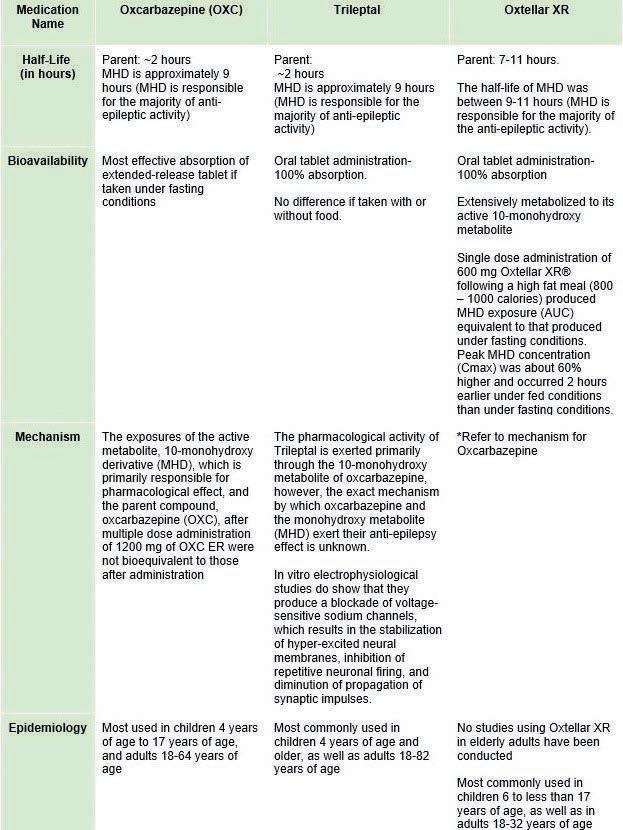Scholarly Research In Progress • Vol. 5, November 2021
Hunger vs. Heart Failure: Can Food Insecurity Screening Prevent CHF Exacerbations? Sarah Eidbo1†‡, Johanna Dungca1†‡, Amanda Goetz1†‡, Nicholas Fiala1†‡, Andrew Denisenko1†‡, Julie Sturzen2, and John Pamula2 ¹Geisinger Commonwealth School of Medicine, Scranton, PA 18509 ²Robert Packer Hospital, Sayre, PA 18840 † Doctor of Medicine Program ‡ Authors contributed equally Correspondence: seidbo@som.geisinger.edu
Abstract Food insecurity, defined by the United States Department of Agriculture as “access by all people at all times to enough food for an active, healthy life,” is experienced by 14.5% of American households. Food insecurity can depend on multiple factors, including transportation, financial stability, and geographic location — some areas termed “food deserts” have limited access to affordable and nutritious food. These factors can lead to higher cardiovascular health risks in addition to creating health disparities within many populations with chronic illness. With respect to patients with congestive heart failure (CHF), food security is increasingly relevant, as low-salt diets are one of the most important recommendations for management of heart failure. The purpose of this study was to examine the relationship between food insecurity with management outcomes, including readmissions and mortalities, in congestive heart failure patients within the Guthrie Clinic in Sayre, Pennsylvania. This quality improvement prospective study used retrospective review of records. Subjects were identified by an Epic report with baseline data from 2019. Identified adult patients with CHF were screened using the Household Food Insecurity Access Scale (HFIAS), and if identified as food insecure, were provided appropriate nutritional counseling. This study increased food insecurity screening rates from 86.6% to 94% over a 6-month span. Within the population of admitted CHF patients, readmission rates for a CHF exacerbation dropped from 27.6% to 21.2% of CHF patients after food insecurity screening and education was implemented. Mortality rates dropped from 24.1% to 19.8% after food insecurity screening and education was implemented. Although the differences between readmission and mortality rates before and after implementing food insecurity screenings in patients with CHF were not statistically significant, these differences are still important to note.
Introduction Food insecurity is a growing problem within the United States. With 14.9% of households experiencing food insecurity overall, and rates approaching 25% in black and Hispanic households, this is an issue that will affect communities with a variety of chronic illnesses that must be considered. The United States Department of Agriculture defines food insecurity as “access by all people at all times to enough food for an active, healthy life.” A variety of factors influence and are influenced by food insecurity and have been termed “social determinants of health” (1).
Last year, Healthy People 2020 created a “place-based” organizing framework to display how five key areas of social determinants of health (SDOH) can interact to influence a person’s well-being (1). These five key areas are education, social and community context, health and health care, neighborhood and built environment, and economic stability. Each of these five determinants interacts with the other four, giving a better idea of the social factors that determine a person’s well-being in addition to their psychological and physical health. Several important factors are covered in each of the five categories. A person’s education takes into account their early childhood education and development, enrollment in higher education, if they graduated high school, and their language and literacy level. A person’s social and community context considers their civic participation, any discrimination they experience, any experiences they have had being incarcerated, and their level of social cohesion. A person’s health and health care give information about their access to health care and primary care as well as their own health literacy. A person’s neighborhood and built environment gives us information about their quality of housing, the conditions of the environment that they inhabit, what kind of crime and violence occurs in their environment, and their access to foods that will help support their healthy eating patterns. A person’s economic stability includes their employment status, if they are living in poverty or are considered below the poverty line, any housing instability they experience, and if they are experiencing food insecurity. Thus, it is important to recognize how food insecurity fits into a larger picture of interweaving social determinants that can greatly influence a person’s health (1). Food insecurity can be influenced by multiple factors as well, including financial stability, transportation, and geographic location. For example, a patient living within a food desert may not have reliable access to nutritious food. A food desert is defined as an area with limited access to affordable and nutritious food — these areas can include urban areas as well as rural areas (2). In an area like Sayre, Pennsylvania, with a population of 5,500 as of 2019, the rural nature of the location is a large contributing factor. People living in a rural area without reliable transportation can have issues obtaining fresh produce if they live far from supermarkets or grocery stores. Unfortunately, food insecurity affects a person’s physical health. A study conducted by Morris et al. found that congestive heart failure-specific patients living in food deserts had higher rates of hospitalization when compared to those who did not live in food deserts (3). This could be partly due to the low-salt diet recommendation for managing heart failure.
99












































